| SHARE THIS | Global Resilience Challenge finalists meet in Nairobi and Bangkok to surface innovative solutions to complex challenges. |
| SHARE THIS | “No one has all the answers.” Resilience experts rely on “coopetition” to define pathways to impact. |
| SHARE THIS | Regional resilience workshops shift the Global Resilience Partnership “from a conceptual framework into reality.” |
Driven by the belief that some of the most impactful interventions are closely linked to problems they aim to solve, the Global Resilience Partnership (GRP), spearheaded by The Rockefeller Foundation, the United States Agency for International Development (USAID) and the Swedish International Development Cooperation Agency (SIDA), launched the inaugural Global Resilience Challenge in September 2014. The Challenge aims to surface innovative solutions to the most pressing resilience-related challenges affecting three regions of the world that are vulnerable to a disproportionate number of acute shocks and chronic stresses – the Sahel, Horn of Africa and South and Southeast Asia.

Following the selection of 17 teams from nearly 500 applications earlier this year, the GRP held regional workshops in Nairobi, Kenya and Bangkok, Thailand to advise the finalists on how to structure their problem statement, design innovative solutions and define a clear pathway to impact. The workshops helped lay the foundations for establishing hubs to coordinate the GRP’s activities at the regional level.
“The sessions proved that no one has all the answers.”
This was an exciting moment where the GRP shifted from a conceptual framework into reality. Conceived nearly two years prior as a mechanism to better align humanitarian response with ongoing development assistance, the regional workshops enabled us to test some of our assumptions with implementing partners who have a more comprehensive and developed understanding of their respective region’s most urgent priorities.
The sessions proved that no one has all the answers. Overall, the teams broadly defined what resilience is and interpreted it differently based on their specific context.
Attended by over 50 participants across multiple sectors, regions, and disciplines, the workshops offered a unique learning opportunity to each of the 17 challenge teams. Below are several key takeaways:
Coopetition is critical. While the competition is in motion, it is clear that cooperation and working with a diverse group of “un-like-minded” people who would not typically work together, is essential in order to begin tackling these daunting challenges.
Resilience is required. Despite the many frameworks and diverse viewpoints on how to assess resilience, there is common agreement on the value of recognizing a resilience dividend. Pushing the discussion further, teams added that building resilience is not a bonus, but a must. As noted by one participant, failing to be resilient is simply “not acceptable.”
Building resilience is complicated. Resilience needs vary according to different circumstances. How different is it between urban resilience and rural resilience? How can we tackle the wicked consequences of climate change, where the only certainty is that the will increase in frequency and intensity? Similarly, Mahila Housing Trust’s Dharmistha Chauhan noted that each slum pocket in India “has a reality of its own.”
Solutions need to be viable, but iteration is key. Teams were probed to be specific, with the Africa Enterprise Challenge Fund‘s Jesper Hornberg emphasizing the fact that solutions “need to be viable before [they] can be sustainable.” It was also recognized, however, that on the pathway to impact, there are also many unanticipated outcomes. Innovation requires “constant iteration,” advised Joe Mascaro from Planet Labs.
There is more than one way to bring solutions to increasing impacts. “Is the private sector the only way to scale?” one participant asked, questioning the common assumption. While the private sector is indeed a needed partner in this space, it is not necessarily the only pathway to scale up impacts. Donor leveraging and aligning resilience strategies with non-conventional partners can also make a difference.
Learning and idea exchange are essential. While each team’s project focused on a defined geographic area, many of the issues being addressed cut across multiple locations. Teams working in the Sahel and the Horn of Africa noted the importance of creating a learning network to share lessons learned which could have universal implications.
As a true partnership, none of us are in this alone. Convening some of the leading humanitarian and development experts working across Africa and Asia is a critical step as we collectively design a process that breaks down silos, surfaces transformative innovations and better coordinates among actors working towards improving the world’s most vulnerable people.
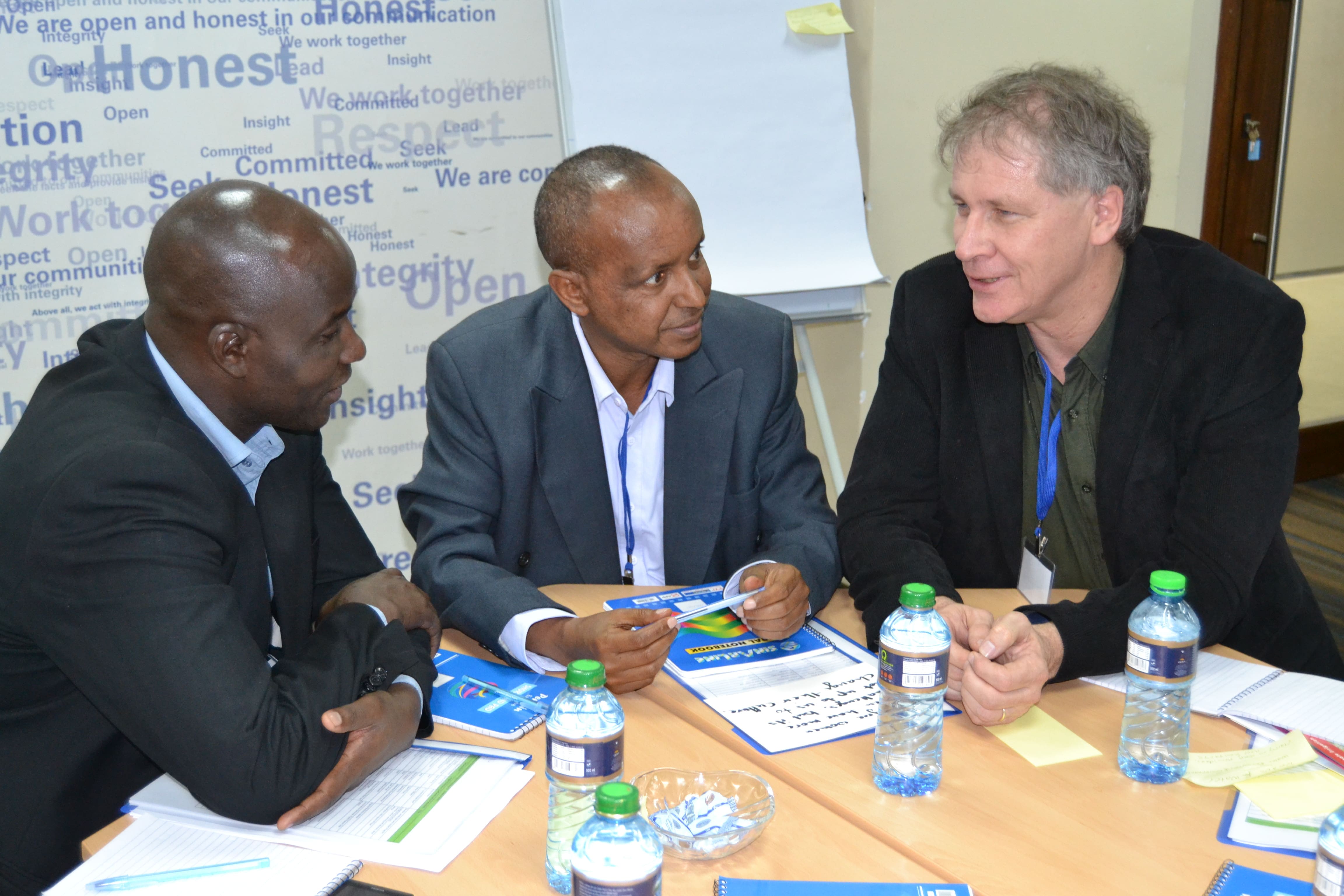
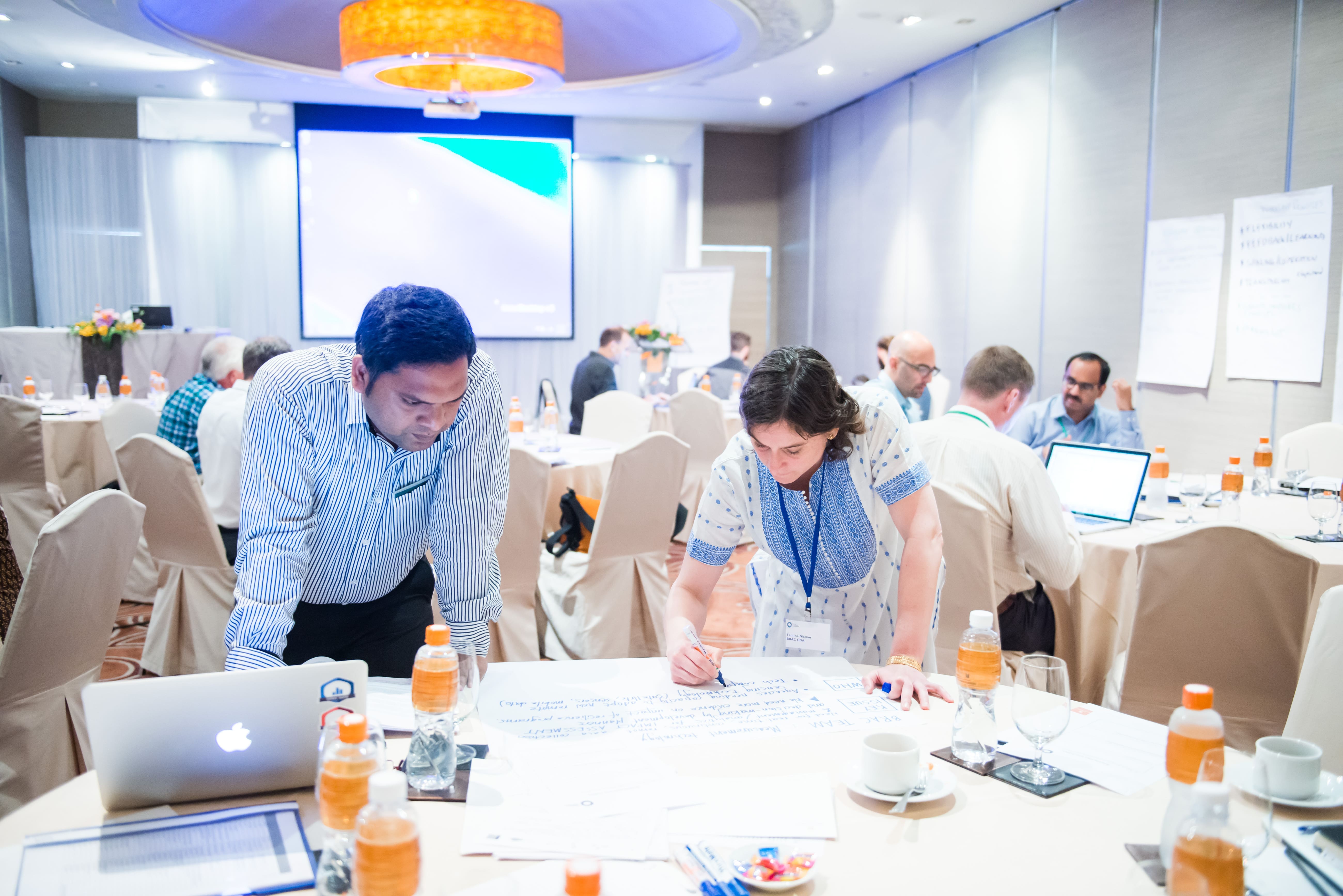
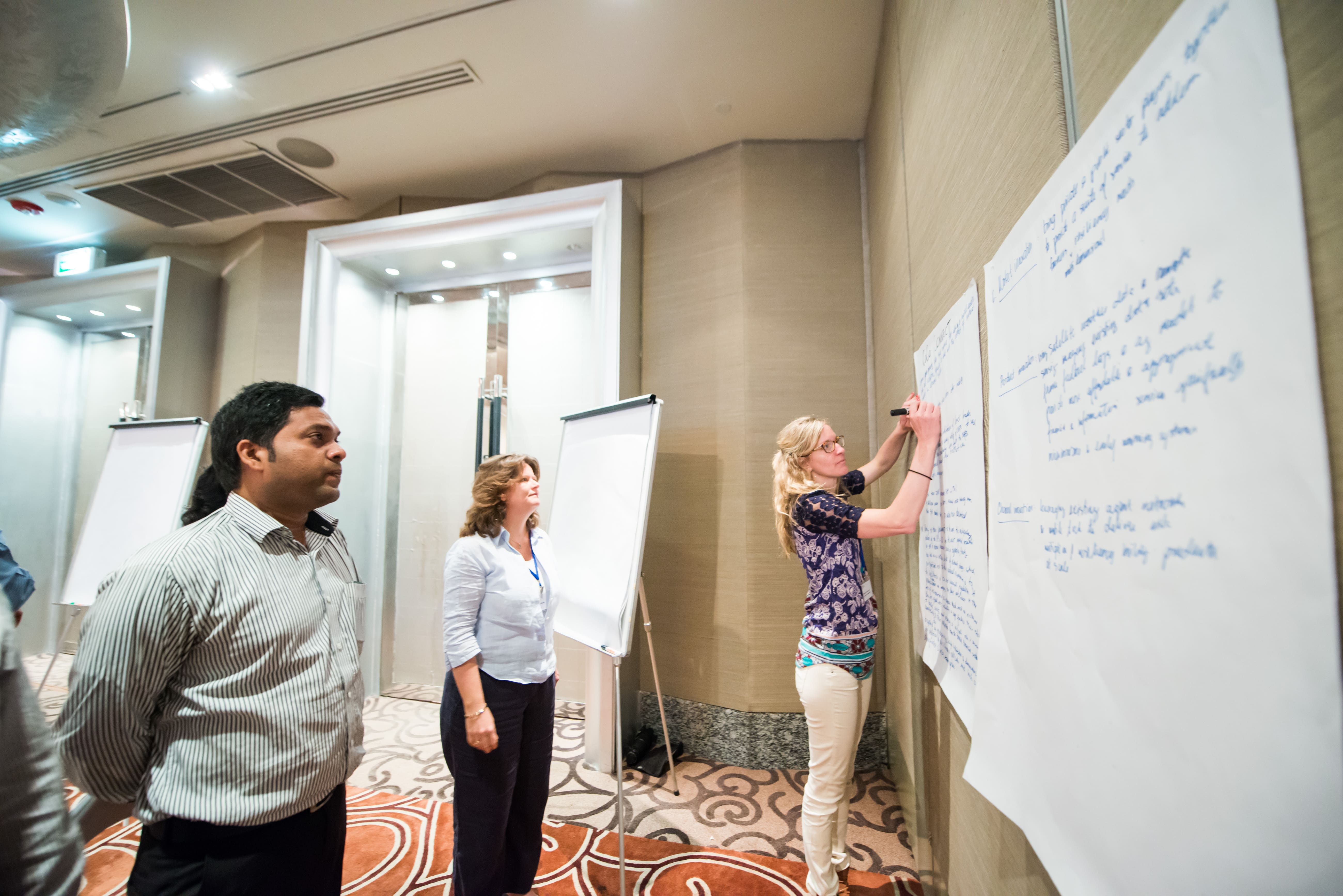
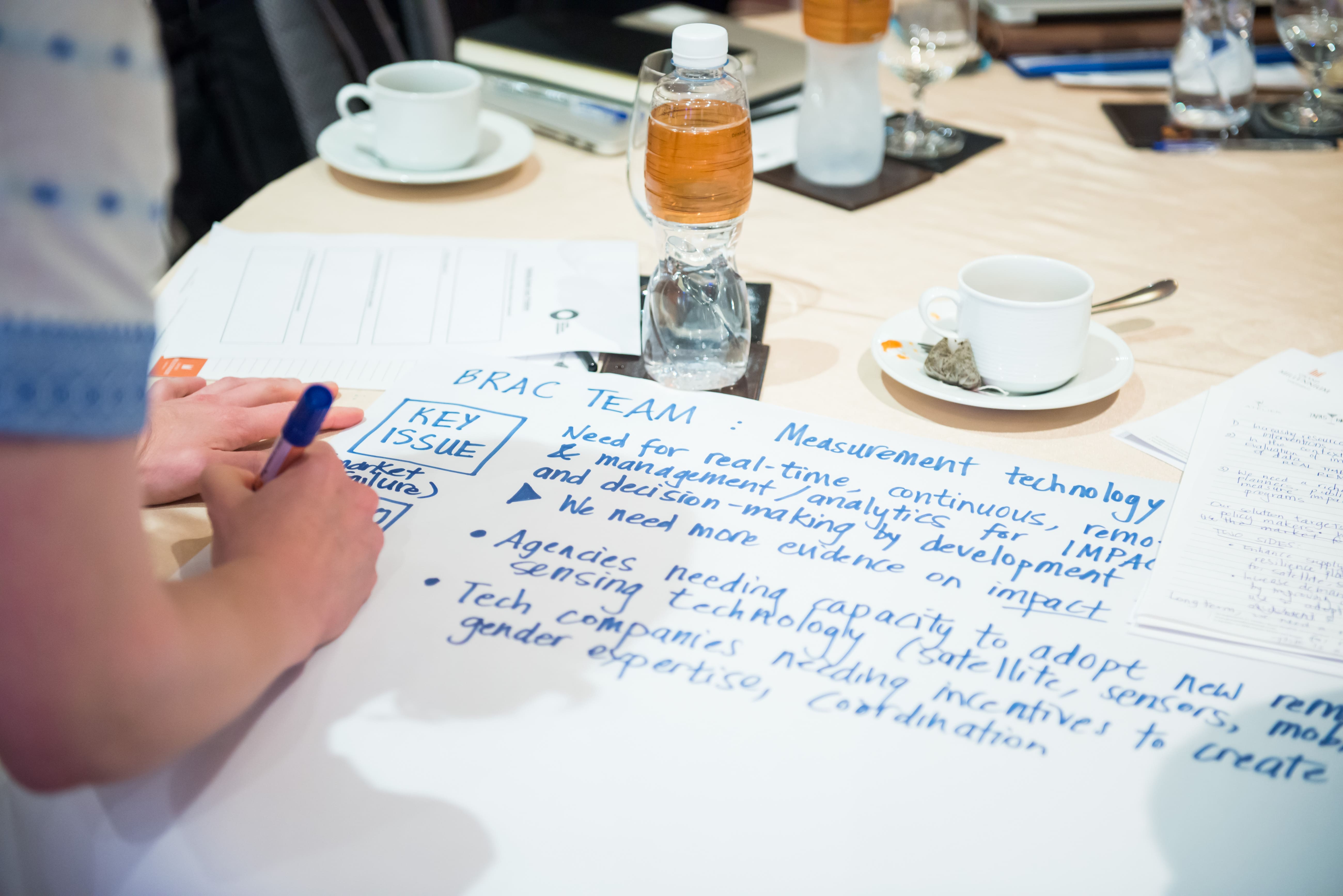
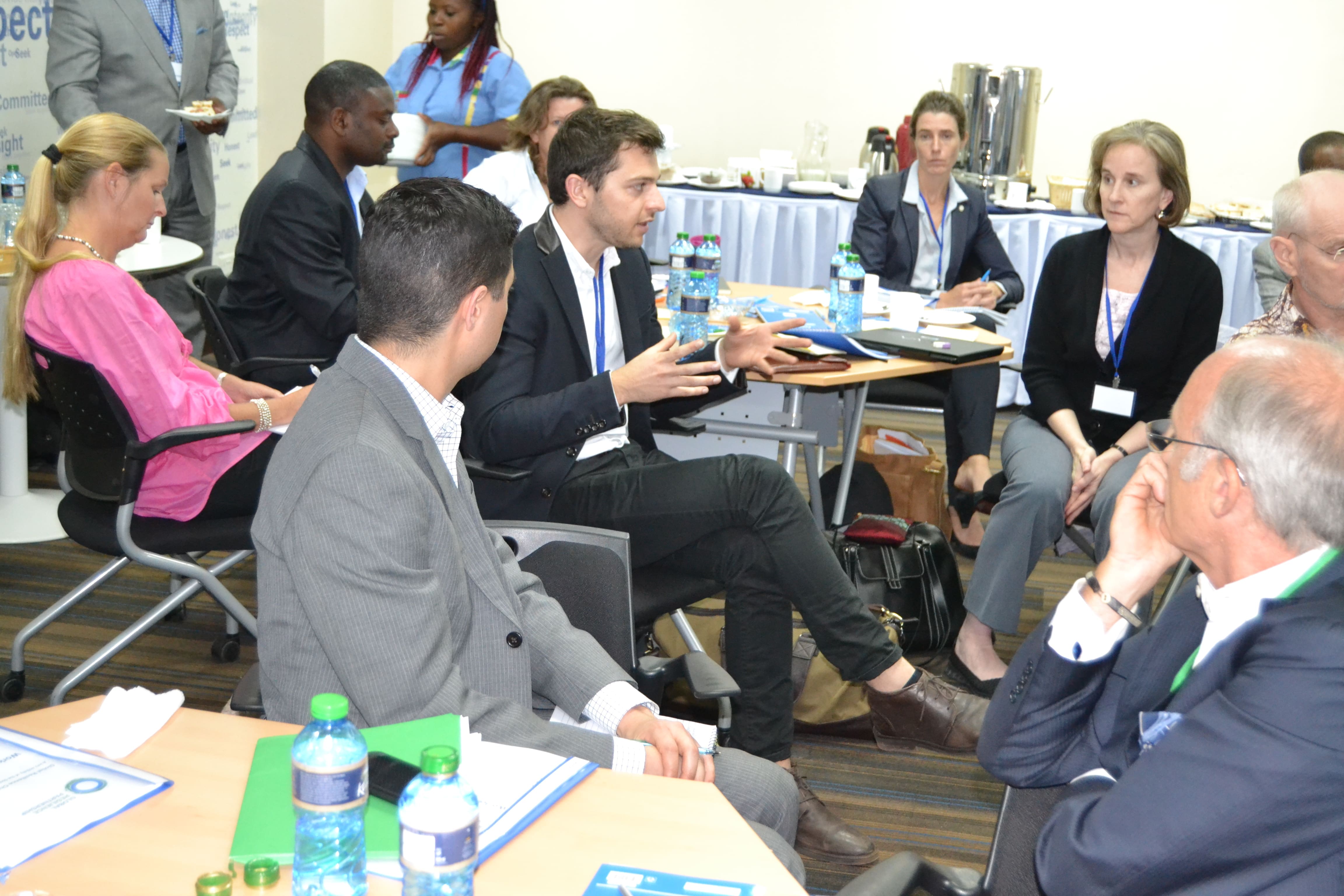
Leave a comment